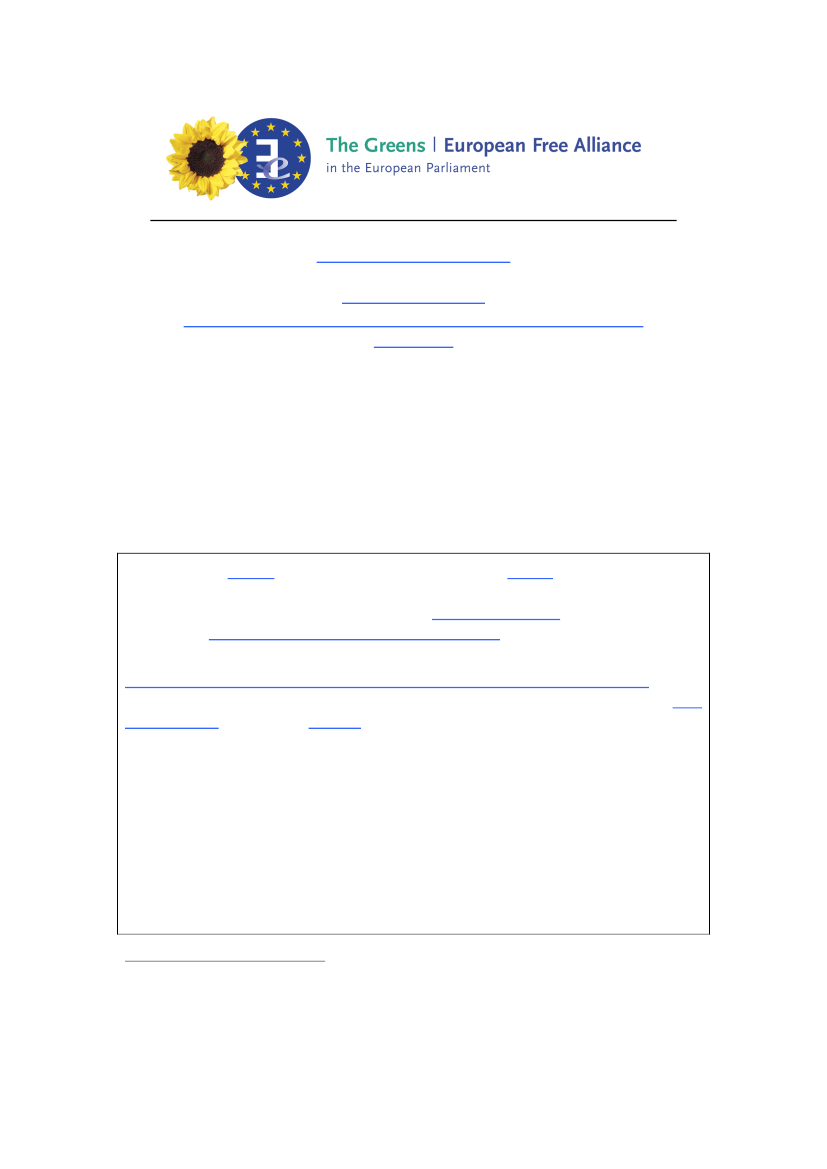
Fusion blows the budget
An Up-dated note on
International Thermonuclear Experimental Reactor (ITER)
1
3 May 2011
"All the reasons for a reversal are there: The estimated construction costs have
tripled before the main construction has even started and nuclear fusion will not
contribute to the EU's energy supply for decades - if ever. Several studies have come
to the conclusion that renewables will be able to cover the EU's energy supply by
2050. Since fusion will not be commercially available before that, it has become
irrelevant for Europe's energy future."
Rebecca Harms, 7 December 2010
The proposed €5.311 billion budget for research into nuclear energy to 2013 is a
huge increased compared to €1.35 billion for the previous programme. Fusion/ITER
will receive the majority of this budget
2
. This is 4.5 times the amount the EU
allocates to R&D for renewables and energy efficiency during the same period.
The European Parliament and the Council have to stop paying for ITER, which
otherwise will result in cuts in the EU research and agriculture budgets. Two
billions Euros are needed to start the construction of this experimental reactor in
Cadarache (France) in the next two years. Should Europe support the start of the
major construction activities in 2012, it will begin a process that will be difficult to
stop. Public money will be asked -not only for the whole construction phase, i.e. at
least until 2020, but also for the operation and the decommissioning of ITER.
At the end of the day, ITER will not deliver a single kilowatt hour on the electricity
grid.
This project is too risky to be allowed to operate and it must be stopped now.
1
This note is an up-date of the Greens/Efa short backgrounder on ITER dated May 2010 and the
article “Fusion blows the mind, but it also blows the energy budget”, by Rebecca Harms, co-
president of the Greens-EFA group in the European Parliament, and published by Research Europe ,
6
th
August 2009
2
If adopted by the EU Institutions, €4.2 billion out of €5.3 billion (79%) might go to fusion R&D
Euratom during the period of 2007-2013.